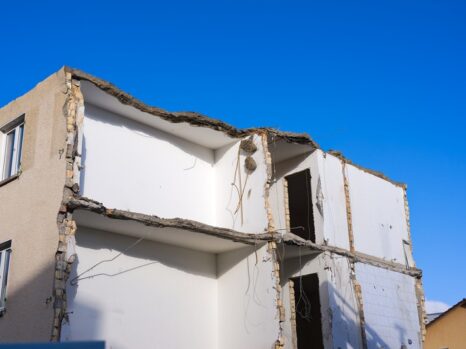Sleep is essential for everyone’s well-being, especially for growing children. However, some children may experience sleep disorders impacting their daily life and overall health. One of the prevalent issues affecting children today is sleep apnea.
So, how can we detect if our child suffers from this sleep disorder, and, most importantly, what are the best solutions to combat it?
This article will discuss the warning signs of sleep apnea in children and some effective methods to help them overcome the problem.
What Are the Warning Signs of Sleep Apnea in Children?
To identify whether your child is experiencing sleep apnea, it’s vital to be aware of the following indicators:
Snoring and Breathing Interruptions
The most obvious sign of sleep apnea in children is loud and persistent snoring. Additionally, if you notice that your child is experiencing short periods where they stop breathing, followed by a gasp for air, it may indicate sleep apnea.
Sleep Disturbances and Insomnia
Children with sleep apnea may have trouble falling asleep or staying asleep throughout the night. This can lead to insomnia and chronic sleep deprivation, affecting their overall well-being.
Daytime Fatigue and Behavioral Problems
A consequence of poor sleep quality is excessive daytime sleepiness, making it difficult for your child to stay alert and concentrate during the day. This can lead to problems with academics and mood swings, irritability, or hyperactivity.
Morning Headaches and Dry Mouth
Waking up with a headache or dry mouth is another indicator of sleep apnea in children. This can result from decreased oxygen levels in the brain and reduced saliva production during sleep due to mouth breathing.
Poor Growth and Development
Sleep apnea can disrupt normal growth patterns in children, resulting in slow growth and development. This can be attributed to the interruption of growth hormones during sleep.
Bedwetting
Although not always a sign of sleep apnea, bedwetting can sometimes indicate this sleep disorder. Sleep apnea affects the brain’s ability to regulate bladder function, resulting in nighttime accidents.
What Are the Effective Solutions for Childhood Sleep Apnea?
Now that we understand the warning signs let’s discuss some potential solutions for children experiencing sleep apnea:
Comprehensive Dental Care
In some cases, sleep apnea in children can be linked to dental issues. Seeking comprehensive dental care can help identify and treat any underlying dental problems contributing to the sleep disorder, such as an improper bite or crowded teeth.
Positive Airway Pressure Therapy
A common and effective treatment for sleep apnea is Positive Airway Pressure (PAP) therapy. This involves using a machine to deliver continuous or bi-level air pressure through a mask, helping to keep the airway open during sleep.
Lifestyle Changes
Encouraging healthier habits in children, such as maintaining a regular sleep schedule, reducing screen time before bedtime, and practicing good sleep hygiene, can also improve sleep quality and reduce sleep apnea symptoms.
Weight Management
For children struggling with obesity or excess weight, losing weight can significantly improve sleep apnea symptoms. A balanced diet and regular exercise can help maintain a healthy weight and improve overall health.
Immediate Dental Assistance
In urgent cases, immediate dental assistance may be necessary to treat severe dental issues contributing to sleep apnea, such as a tooth infection or abscess, which can block the airway and cause breathing difficulties.
Quality Family Dental Care
Fostering a strong relationship with a reputable dental practice offering quality family dental care can equip your child with the necessary tools to maintain optimal oral health and alleviate sleep apnea symptoms.
Final Thoughts
Recognizing the signs of sleep apnea in your child early on can significantly affect their overall well-being. By seeking the appropriate treatment and implementing effective solutions, you can help your child overcome sleep apnea and improve their quality of life. Remember, it’s essential to involve the whole family in creating a healthier environment that promotes restorative sleep and leads to a happier, more energetic child.











